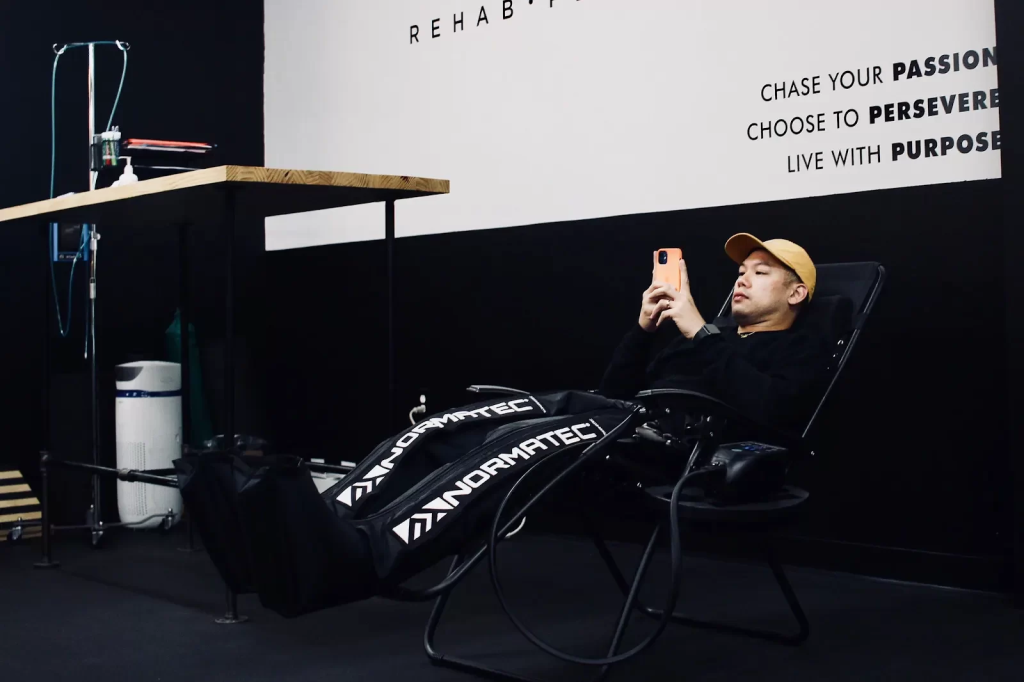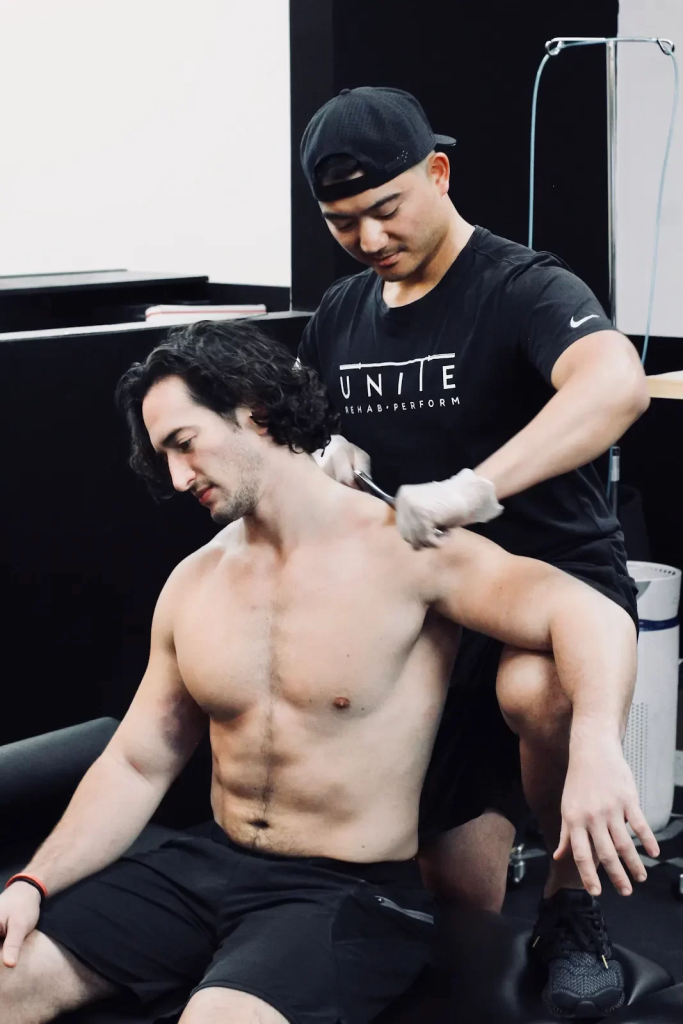
UNITE.rehab.perform
Denver's Best Sports Physical Therapy
Recover Like a Pro: Post-Game Tips for Pickleball Players Over 40

Pickleball may look like a casual backyard sport, but anyone who’s played a few matches knows better. Fast lateral footwork, explosive direction changes, and quick reflexes make it a serious workout. It’s no wonder so many adults over 40 are hooked on this fast-growing game.
At UNITE.rehab.perform, we work with active adults, competitive athletes, and everyday players who want to keep playing without pain. As more athletes over 40 pick up the paddle, pickleball recovery has become one of the most important factors for staying strong, mobile, and injury-free.
Here’s how to recover like an athlete, not just a weekend warrior.
Why Recovery Matters More After 40
Recovery doesn’t happen the same way in your 40s, 50s, or 60s as it did in your 20s. That doesn’t mean you can’t keep pushing your performance. It simply means your recovery strategies need to be more intentional.
As we age, a few key changes occur:
- — Muscle repair takes longer
- — Tendons and joints lose elasticity
- — Inflammation lingers longer
- — Hormonal recovery slows down
Ignoring recovery amplifies soreness and raises your risk of pickleball injuries, chronic joint pain, and burnout.
A smart approach keeps you on the court longer and performing at your best.
Top Recovery Tips for Pickleball Athletes Over 40
1. Start with a Purposeful Cooldown
If you’re heading straight from the last point to the car, you’re missing a crucial step. A proper cooldown can reduce post-match stiffness and help your body shift out of “competition mode.”
Try this after your next match:
- – Walk for 5–10 minutes to bring your heart rate down gradually
- – Hone in on pickleball-specific mobility exercises, like hip openers, calf stretches, and thoracic rotations LIKE THESE
- – Practice breathwork, such as box breathing (4-second inhale, 4-second hold, 4-second exhale, 4-second hold), to calm your nervous system
This simple cooldown improves circulation, lowers stress hormones, and sets the stage for faster recovery.
2. Hydrate and Refuel Quickly
Even mild dehydration can increase soreness and slow muscle repair. Prioritize hydration and post-match nutrition to support your body after play.
Aim for:
- – 16–20 oz of water or an electrolyte drink
- – A mix of protein and complex carbs within 30–60 minutes of finishing your match
Easy options include a protein shake with a banana or grilled chicken with sweet potatoes. Refueling well is one of the fastest ways to bounce back for your next session.
3. Focus on Soft Tissue Recovery
Pickleball is tough on calves, quads, hips, and forearms. Taking care of these areas keeps you mobile and reduces stiffness.
Try:
- – Foam rolling your quads, glutes, and calves
- – Using a lacrosse ball to release your feet and forearms
- – Scheduling manual therapy or sports massage after intense tournaments
At UNITE, we often combine soft tissue recovery for athletes with corrective movement to reduce tension and prime the system for the next match ahead.

4. Use Movement, Not Just Rest
Rest has its place, but active recovery usually works better than staying still. The day after a match, try:
- – A 30-minute walk or easy bike ride
- – Gentle stretching or mobility work
- – Core activation drills to support posture and stability
This keeps blood flowing, reduces inflammation, and helps you feel looser—not tighter—the next day.
5. Support Your Joints
For athletes over 40, joint health becomes a non-negotiable part of recovery. It’s the difference between playing a few times a month and playing for years to come.
Smart joint care includes:
- – Using mobility bands and controlled movement drills to stabilize shoulders and hips
- – Training balance and proprioception to protect ankles and knees
- – Addressing small aches early with performance physical therapy for adult athletes before they grow into chronic issues
We help players strengthen the small stabilizers around key joints to build long-term durability.
CHECK OUT THIS POST FOR A QUICK JOINT HEALTH ROUTINE
6. Prioritize Sleep and Stress Management
If you want to perform well, sleep can’t be optional. It’s your most powerful and free recovery tool.
Focus on:
- – 7–9 hours of high-quality sleep
- – Cold showers, contrast therapy, or breathing drills after late matches
- – Limiting screen time before bed to improve sleep quality
Life stress, poor sleep, and late games can compound physical fatigue, especially for athletes over 40. Managing these factors is just as important as what you do on the court.
Bonus: Red Flags That Your Recovery Needs Work
Recovery isn’t just about how sore you feel. It’s also about how well your body is adapting to your workload.
Warning signs to watch for:
- – Soreness lasting longer than 2–3 days
- – New or persistent joint pain
- – Sluggish reflexes or reduced coordination
- – Trouble sleeping after matches
- – Feeling flat or fatigued before you even step on the court
If you’re checking more than one of these boxes, your pickleball recovery routine may need an upgrade.
How UNITE Supports Pickleball Athletes Over 40
You don’t have to slow down with age. You just have to train and recover smarter.
At UNITE.rehab.perform, we help athletes and active adults:
- – Recover faster and train longer
- – Prevent injuries through movement assessments and sport-specific rehab
- – Improve mobility, joint health, and functional strength
- – Build personalized recovery strategies for active adults that fit their schedules and goals
Whether you’re a competitive pickleball athlete or just getting into the game, we work with you 1-on-1 to keep you strong, mobile, and confident on the court.
Ready to Move Better and Recover Smarter?
Your recovery determines how well you play tomorrow. Build a plan that supports your body for every match ahead.
> [Book a performance consult or movement screen]with UNITE.rehab.perform today.
> Follow us on Instagram for mobility exercises for pickleball players, recovery tips, and athlete education.
©2020-2025 UNITE.rehab.perform LLC. All rights reserved.
UNITE.rehab.perform does not provide medical advice, diagnosis, or treatment through this website or related content. See additional information.